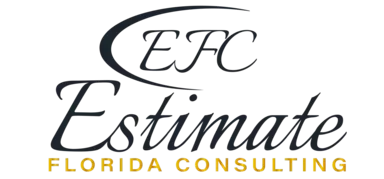Multi-Family Building Gas Piping Cost Estimator
When planning a multi-family building project, obtaining a reliable gas piping cost estimate is essential to keep your budget on track. Generally, you can expect to pay between $15 and $37.50 per linear foot for installing a new gas line. If you’re running a gas line from an existing connection, it usually costs between $750 and $3,000, while adding a new pipe from the meter might set you back $450 to $2,250. Having a detailed cost estimate helps you plan your expenses better and avoid surprises down the road.
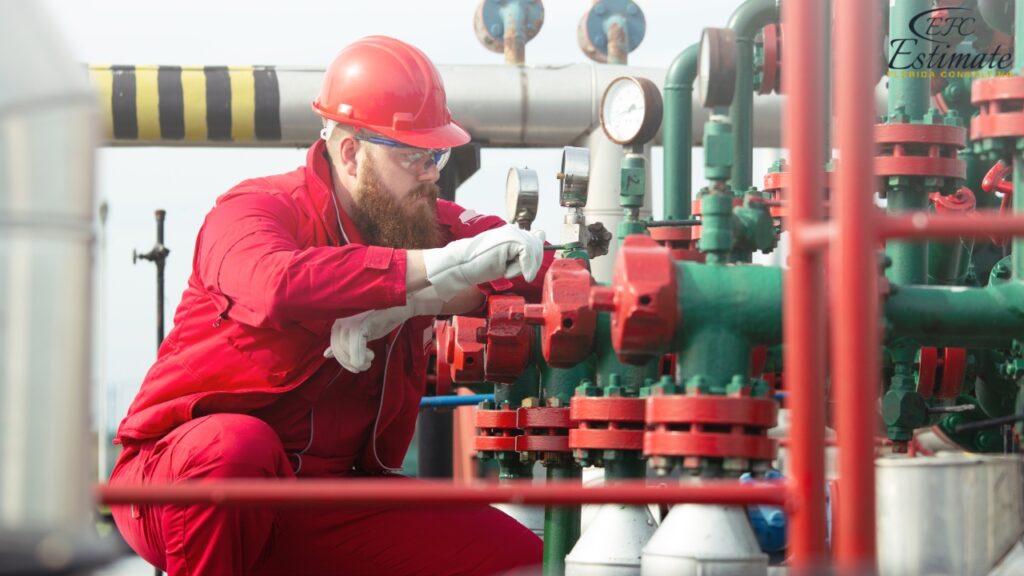
Key Considerations for Gas Line Installation
Importance of Gas Line Installation
Gas piping systems are integral to multi-family properties, serving essential functions such as heating, cooking, and hot water provision. A well-designed and properly installed gas line system ensures efficient fuel delivery, which is crucial for maintaining comfort and functionality in residential units. Proper installation not only enhances the performance of appliances and systems but also ensures the safety of residents by preventing gas leaks and potential hazards.
Types of Gas Lines
Flexible Gas Lines Flexible gas lines are made from materials like corrugated stainless steel and are used to connect appliances to the main gas line. Their flexibility allows for easy installation and repositioning, making them ideal for appliances that may need to be relocated or adjusted in the future. These lines are often employed in scenarios where space is limited or where frequent adjustments might be needed.
Rigid Gas Lines Rigid gas lines, typically made from steel or copper, are used in permanent installations. They are preferred for their durability and strength, making them suitable for applications such as heating systems and main supply lines. Rigid lines offer a stable and secure connection, which is essential for high-demand systems or where long-term reliability is required.
Regulatory Compliance
Compliance with local building codes and regulations is paramount in gas line installation. Adhering to these standards ensures the safety, legality, and efficiency of the gas system. Key regulatory considerations include:
- Permits: Obtain the necessary permits before starting installation or significant modifications to gas lines. Permits ensure that inspections and approvals are conducted at appropriate stages of the project.
- Standards and Codes: Follow relevant standards and codes, such as those outlined by the National Fuel Gas Code (NFPA 54) or local code equivalents.
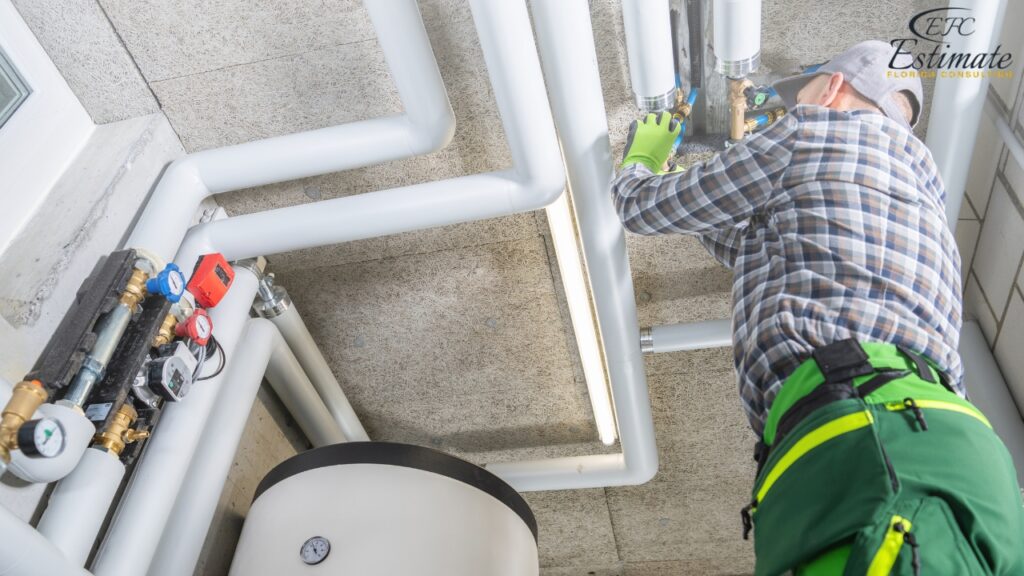
These guidelines cover aspects such as pipe sizing, installation techniques, and safety measures.
- Inspection and Testing: Post-installation inspections and testing are crucial to verify that the system is functioning correctly and safely. Pressure tests and leak detection are typically required to ensure the integrity of the gas lines.
- Qualified Professionals: Engage licensed and experienced professionals for installation and maintenance. Certified gas fitters or plumbers have the expertise to adhere to code requirements and execute installations safely and efficiently.
Cost Breakdown for New Gas Line Installation
Average Costs
Cost Category | Cost Range |
Minimum Cost | $1,300 |
Maximum Cost | $3,500 |
Average Cost | $2,000 |
Cost per Linear Foot | $20 |
These costs cover the installation of new gas lines from the main gas supply to various areas within the building. Factors affecting the cost include installation complexity, gas line length, and additional labor or materials.
Detailed Cost Factors
Length of Gas Line Required
Length of Gas Line | Estimated Cost |
Short Line (Up to 50 ft) | $1,300 – $2,000 |
Medium Line (50-150 ft) | $2,000 – $2,500 |
Long Line (150+ ft) | $2,500 – $3,500 |
The length of the gas line is a major cost determinant. Longer lines increase both material and labor expenses, as more extensive installations require additional piping, fittings, and time.
Building Layout and Accessibility
Building Layout | Impact on Cost |
Simple Layout | Lower cost due to easier access |
Complex Layout | Higher cost due to increased labor and equipment needs |
Building layout significantly affects installation costs. Simple layouts with straightforward access paths are generally less expensive, while complex layouts with challenging access can drive up costs due to the need for additional equipment and more labor.
Local Codes and Regulations
Code Compliance | Potential Costs |
Standard Compliance | Standard installation costs |
Special Requirements | Additional costs for specific local codes |
Ensuring compliance with local building codes and regulations may incur additional costs. Special requirements or inspections necessary for compliance can add to the overall expense of the installation.
Additional Features and Upgrades
Feature/Upgrade | Additional Cost |
High-Efficiency Piping | +$200 – $500 |
Advanced Shut-off Valves | +$100 – $300 |
Upgrades such as high-efficiency piping or advanced shut-off valves can increase the overall cost. These features may enhance the system’s efficiency, safety, and longevity.
Labor Costs
Labor Type | Estimated Cost |
Standard Labor | $50 – $100 per hour |
Specialized Labor | $100 – $150 per hour |
Labor costs can vary depending on the complexity of the installation and the expertise required. Hiring skilled professionals ensures high-quality work and adherence to safety standards, which can affect the total cost of the project.
Estimating Costs for Different Building Sizes
Small Multi-Family Building (Up to 4 Units)
Cost Range | Estimated Cost |
Basic Installation | $1,300 – $2,000 |
Enhanced Installation | $2,000 – $2,500 |
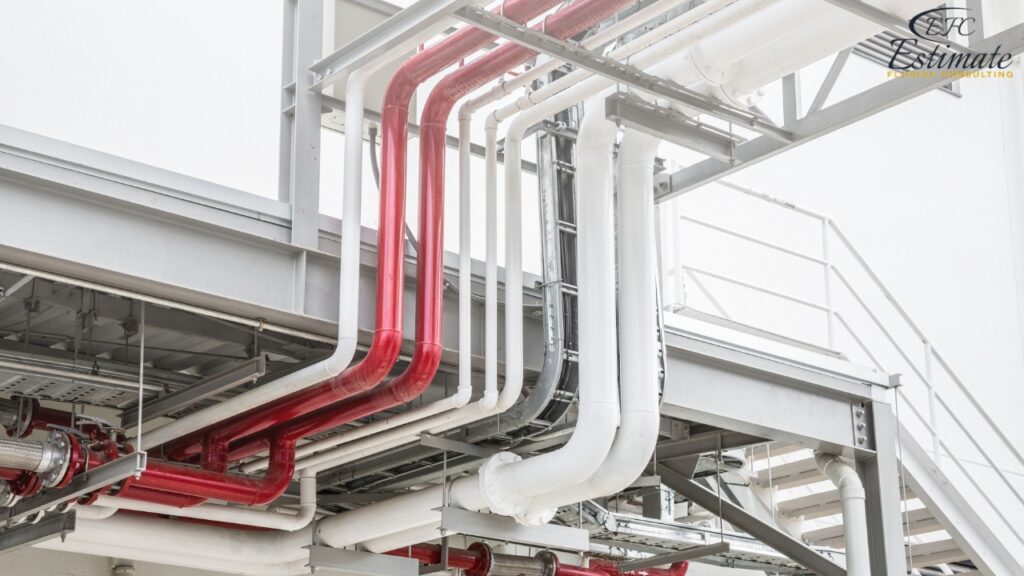
l.For small multi-family buildings, such as those with up to four units, gas line installation costs can vary based on the complexity of the setup and the specific requirements of each unit. Basic installations generally involve straightforward connections and minimal piping, while enhanced installations might include additional features or upgrades, resulting in higher costs.
Medium Multi-Family Building (5-10 Units)
Cost Range | Estimated Cost |
Basic Installation | $2,000 – $2,500 |
Enhanced Installation | $2,500 – $3,000 |
Medium-sized buildings, accommodating five to ten units, typically require more extensive installations to service multiple units efficiently. Basic installations in these buildings involve connecting gas lines to a moderate number of units, while enhanced installations might include additional routing or more sophisticated components to ensure optimal performance and safety.
Large Multi-Family Building (10+ Units)
Cost Range | Estimated Cost |
Basic Installation | $3,000 – $3,500 |
Enhanced Installation | $3,500+ |
Large multi-family buildings with ten or more units present the most significant installation challenges. The cost for basic installations in these buildings reflects the need for extensive piping and connection points. Enhanced installations, which might involve complex routing, advanced features, or high-efficiency systems, can exceed the basic cost range and are generally higher due to the scale and intricacy of the work involved.
Additional Considerations for Gas Line Installation
Seasonal Variations and Weather Impact
The time of year and prevailing weather conditions can influence gas line installation costs. Winter installations may be more expensive due to frozen ground and challenging working conditions, while summer installations might be more straightforward and less costly. Planning your project around favorable weather conditions can help manage costs effectively.
Trenching and Landscaping Costs
Trenching is a necessary part of gas line installation, and its cost can vary based on the length and depth required. Additionally, any landscaping that needs to be restored after trenching will add to the overall expense. It is essential to factor in these costs when budgeting for your project.
Retrofitting Existing Buildings
For existing multi-family buildings, retrofitting gas lines can be more complex and expensive than new installations. Challenges include working around existing structures, potential need for upgrades to comply with current codes, and minimizing disruption to residents. These factors can increase both labor and material costs.
Emergency Shut-Off Systems
Investing in advanced emergency shut-off systems can enhance the safety of your gas piping installation. These systems can automatically detect leaks and shut off the gas supply, preventing potential hazards. While this adds to the upfront cost, it provides long-term safety benefits and peace of mind.
Maintenance and Inspection Costs
Regular maintenance and inspections are crucial to ensure the continued safety and efficiency of your gas piping system. Budgeting for periodic checks and potential repairs can prevent costly emergencies and extend the lifespan of the installation.
Download Template For Plumbing Project Breakdown
- Materials list updated to the zip code
- Fast delivery
- Data base of general contractors and sub-contractors
- Local estimators
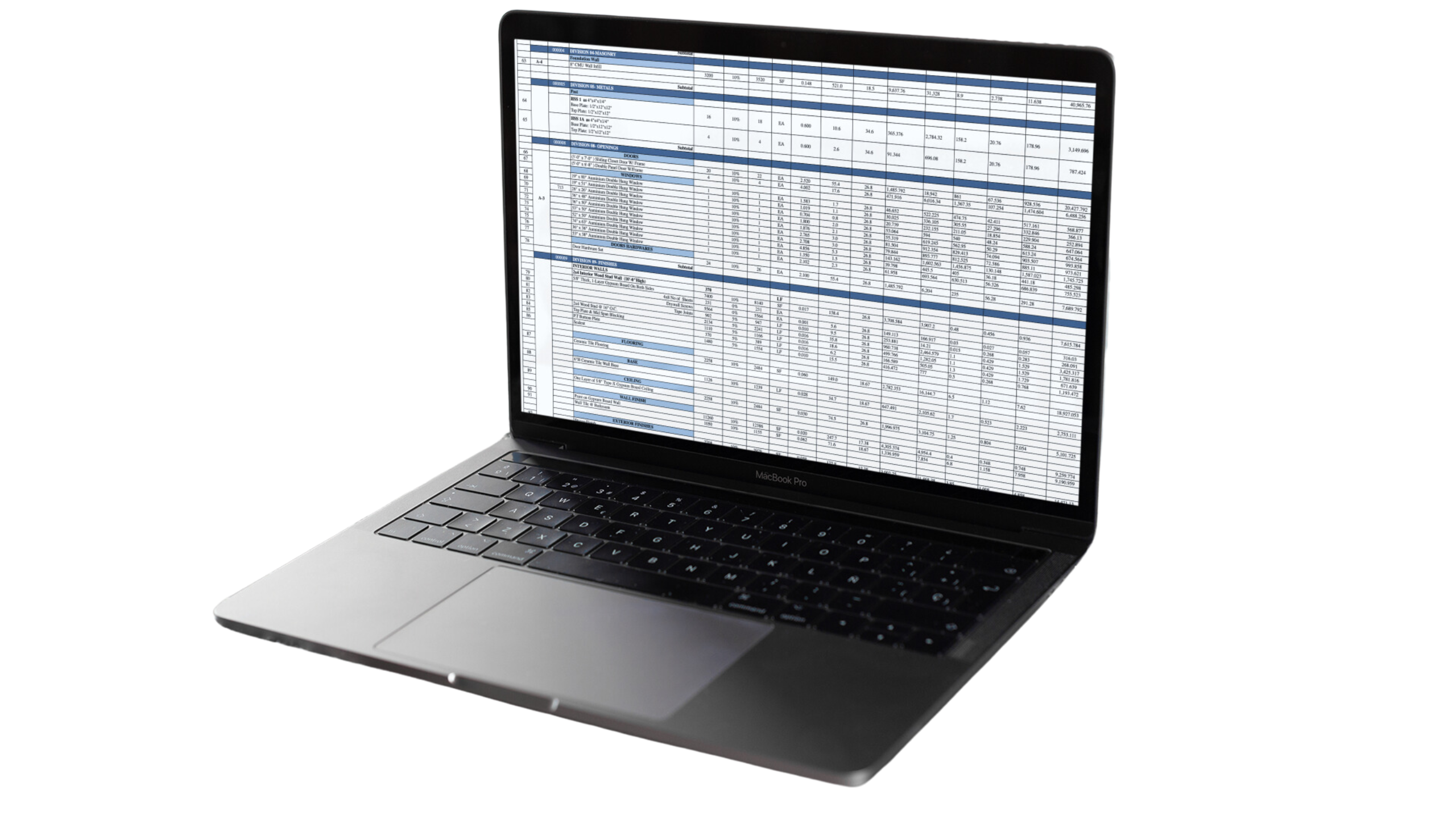
Conclusion
Obtaining a precise and comprehensive cost estimate for gas piping installation in a multi-family building is indispensable for effective budgeting and project planning. By understanding the various factors that influence these costs, such as the length of the gas line, building layout, regulatory compliance, and labor expenses, property developers can make informed decisions that align with their financial plans. Additionally, considering the impact of seasonal variations, trenching, retrofitting, and the benefits of advanced safety features ensures a well-rounded approach to managing expenses. Thorough planning and attention to detail not only help in avoiding unexpected financial burdens but also guarantee the safety and efficiency of the gas piping system for the long-term.
FAQs
The cost of installing a new gas line in a multi-family building typically ranges from $1,300 to $3,500. On average, you can expect to pay around $20 per linear foot.
The cost is influenced by the length of the gas line, building layout, accessibility, local codes and regulations, additional features and upgrades, and labor costs.
Running a gas line from an existing connection usually costs between $750 and $3,000.
Adding a new pipe from the meter can cost between $450 and $2,250.
Flexible gas lines can be easier and sometimes cheaper to install due to their adaptability, but the cost will depend on the specific requirements of the installation.
Compliance with local building codes and regulations ensures the safety, legality, and efficiency of the gas system. It involves obtaining necessary permits, following standards and codes, and conducting inspections and testing.
Installation costs can be higher in winter due to frozen ground and challenging working conditions. Summer installations may be more straightforward and less costly.
Advanced shut-off valves enhance safety by automatically detecting leaks and shutting off the gas supply, preventing potential hazards. They can add $100 to $300 to the overall cost.
Simple layouts with straightforward access paths generally result in lower costs, while complex layouts with challenging access can increase costs due to the need for additional equipment and labor.
Licensed professionals ensure high-quality work, adherence to safety standards, and compliance with local codes. Their expertise helps prevent potential hazards and ensures a safe and efficient installation.
Google Reviews

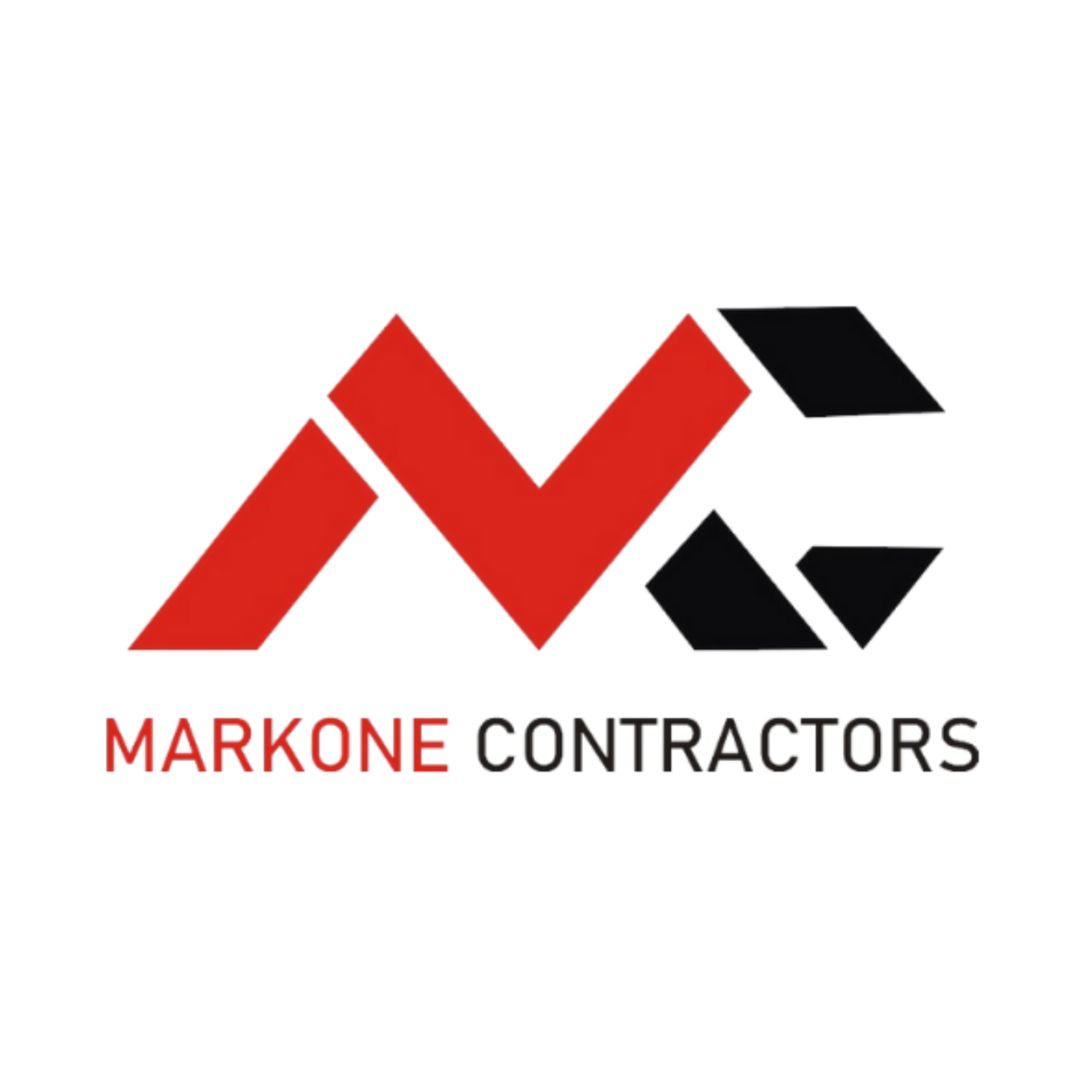

Process To Get Multi-Family Building Cost Estimate Report
Here I am going to share some steps to get multi-family building cost estimate report.
-
You need to send your plan to us.
You can send us your plan on info@estimatorflorida.com
-
You receive a quote for your project.
Before starting your project, we send you a quote for your service. That quote will have detailed information about your project. Here you will get information about the size, difficulty, complexity and bid date when determining pricing.
-
Get Estimate Report
Our team will takeoff and estimate your project. When we deliver you’ll receive a PDF and an Excel file of your estimate. We can also offer construction lead generation services for the jobs you’d like to pursue further.

